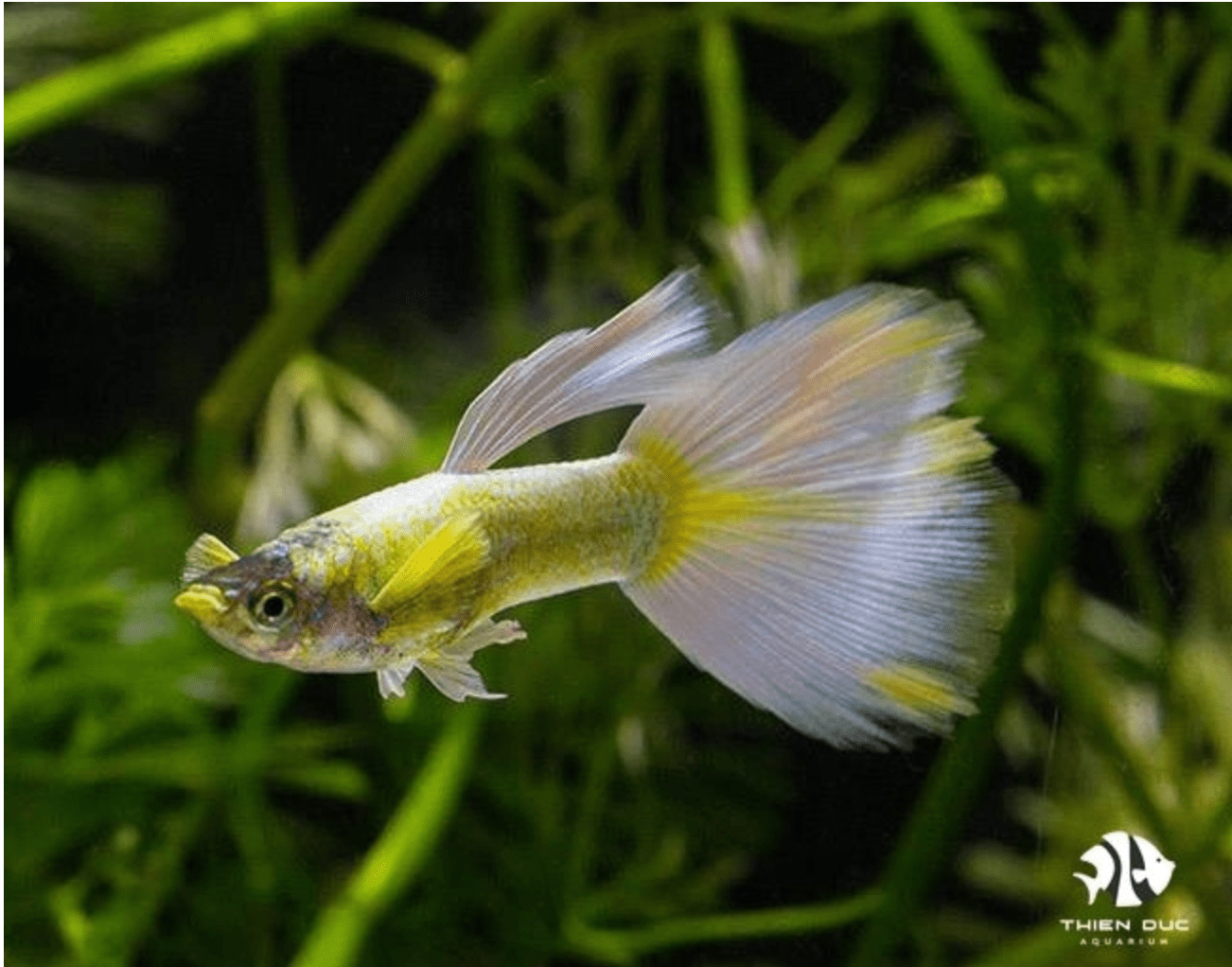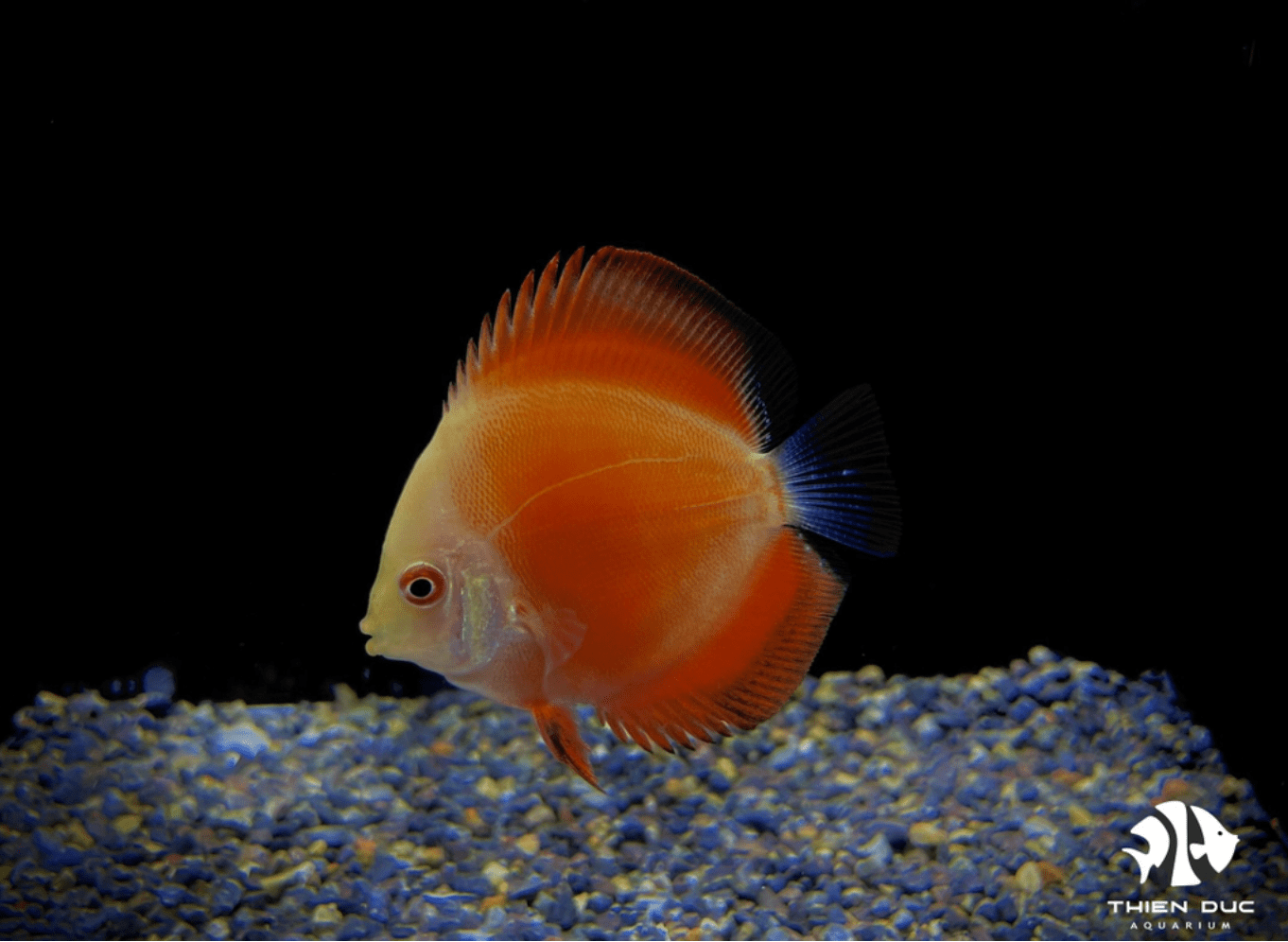Discus Fish Shipping: Safe Transport Methods That Work
The vibrant colors and graceful form of the Discus truly earn it the title "King of the Aquarium." This majesty, however, comes with a delicate nature that makes transport a daunting task where a single mistake can lead to stress or loss. Drawing from years of export expertise, we at ThienDuc Aquarium have perfected the methods for safe Discus fish shipping. This guide demystifies the process, sharing the professional techniques we use to ensure these stunning creatures arrive at their destination vibrant, healthy, and ready to thrive in their new home.
Pre-Shipping Preparation: The Foundation for Successful Discus Transport
The success of any Discus fish shipping operation is determined long before the fish is placed in a box. Proper preparation is the foundational step that mitigates the biggest risks associated with transit, primarily stress and water contamination. This stage should begin at least 48 to 72 hours before the scheduled departure.

First and foremost, fasting the fish is a non-negotiable rule in professional live fish shipping. We recommend withholding all food for a minimum of 48 hours. This simple action prevents the fish from producing waste in the confined space of the shipping bag. Fish waste quickly turns into ammonia, a toxic compound that can severely burn a fish's gills and skin, often proving fatal in an enclosed environment. A clean bag means clean water and a much safer journey.
Alongside fasting, conduct a thorough health assessment. Only the most robust and healthy Discus should be chosen for transport. Look for active fish with vibrant coloration and no visible signs of illness, such as clamped fins, rapid breathing, or skin blemishes. Shipping a compromised fish is almost certain to end in failure. During this period, perform a partial water change in their holding tank with clean, aged water that matches the existing parameters. This ensures the water they are packed in is as pristine as possible, setting the stage for a successful Discus fish shipping experience.
The Ultimate Guide to Packaging for Safe Discus Fish Shipping
Packaging is the most hands-on and critical phase of the process. It's a science that combines the right materials with precise techniques to create a stable, safe, and life-sustaining environment for the fish during its journey. Rushing this stage or using substandard materials can undo all your careful preparation. A well-packaged box is a self-contained ecosystem designed to protect its precious cargo from physical shock, temperature fluctuations, and oxygen deprivation, making it the cornerstone of effective Discus fish shipping.

Gathering Essential Discus Fish Shipping Supplies
Before you begin, gather everything you need to avoid last-minute scrambling. Having the right Discus fish shipping supplies on hand ensures an efficient and stress-free process for both you and the fish.
-
High-Quality Polyethylene Fish Bags: Do not use standard zip-top bags. Use bags specifically designed for fish transport, which are thicker and more durable. You will need at least two bags per fish for double-bagging.
-
Heavy-Duty Rubber Bands: Secure the bags tightly to prevent any air or water leaks.
-
Pure Oxygen (Recommended): While not always accessible to hobbyists, filling the bag with pure oxygen instead of air dramatically increases survivability, especially for long-distance Discus fish shipping.
-
Insulated Shipping Box: A thick-walled Styrofoam or polystyrene box is essential. This is the primary defense against temperature changes.
-
Sturdy Outer Cardboard Box: The insulated box should fit snugly inside this outer layer for added protection and structural integrity.
-
Temperature Control Packs: For shipping in cooler weather, use Uni-Heat shipping warmers (heat packs). For warmer climates, gel cold packs can be used. Proper use is critical.
-
Cushioning Material: Use crumpled newspaper or biodegradable packing peanuts to fill any voids inside the box, preventing the bags from shifting.
-
"Live Harmless Fish" Labels: Clearly label the box on all sides to ensure careful handling by couriers.
The Art of Bagging: Water, Oxygen, and Additives
The bagging process is where you create the fish's temporary home. Each step must be done with care.
Start by filling the bag with water from the fish's holding tank, using a ratio of one-third water to two-thirds air or oxygen. This large air pocket is vital for gas exchange. For adult Discus, it is always best to bag them individually. Place the fish in the bag after gently netting it. To seal it, twist the top of the bag tightly, fold the twisted portion over, and secure it with two or three strong rubber bands.
For superior protection, double-bagging is a must. Place the first sealed bag upside down into a second bag. This puts the vulnerable corners of the inner bag against the flat, strong side of the outer bag, preventing leaks. Apply the same seal to the second bag. For added peace of mind during Discus fish shipping, some professionals add a few drops of a stress-reducing water conditioner to the water.
Boxing and Insulation: Protecting Against Temperature Shock
With the fish securely bagged, the final step is boxing them for transit. Place the bags upright in the insulated box. Now, address temperature control. If using a heat pack, activate it and let it warm up for 15-20 minutes. Wrap the heat pack in a few sheets of newspaper and tape it to the underside of the insulated box's lid—never let it touch the fish bags directly, as this can create a hot spot and kill the fish. If using a cold pack, ensure it is wrapped to prevent direct contact as well.
Fill all empty spaces in the box with your cushioning material. The goal is to ensure the bags cannot tip over or slide around. This stability is a key element of professional Discus fish shipping. Once packed, securely tape the lid of the insulated box shut. Place it inside the outer cardboard box, add more cushioning if needed, and tape it shut. Finally, affix your shipping labels and "Live Fish" stickers prominently on the package.
Post-Shipping Care: How to Acclimate Your New Discus
The journey isn't complete the moment the box arrives at your door. The final, crucial step is a careful and patient acclimation process to safely introduce the Discus to their new environment. Rushing this can induce shock and negate all the effort put into a safe Discus fish shipping process.

The best method for sensitive species like Discus is drip acclimation. Reduce stress by turning off the lights in the quarantine tank. Float the sealed shipping bag in the tank for 20-30 minutes to equalize the water temperature. Afterward, open the bag, and without mixing the shipping water with your tank water, gently place the fish into a clean bucket or container. Using airline tubing, start a slow siphon from your quarantine tank into the bucket, dripping water at a rate of 2-3 drops per second. Continue this for at least an hour before gently netting the fish and placing it into its new home.
Conclusion: Mastering Safe Discus Fish Shipping with THIENDUC AQUARIUM
Summarizing the key takeaways: proper fasting and preparation, meticulous packaging with temperature control, and patient acclimation are the secrets to successful Discus fish shipping. By following these professional methods, you drastically increase the chances of your fish arriving vibrant and healthy. At THIENDUC AQUARIUM, our expertise in exporting thousands of fish ensures that every step is optimized for the well-being of the animal. For all of your aquatic needs, rely on the professionals.
Contact Information
-
Address: 57 Le Thi Sieng, Tan Thong Hoi, Cu Chi, Ho Chi Minh City, Viet Nam
-
Mobile: +84903912501
-
Office: +84982577871
-
Email: thien@thienducaquarium.com










